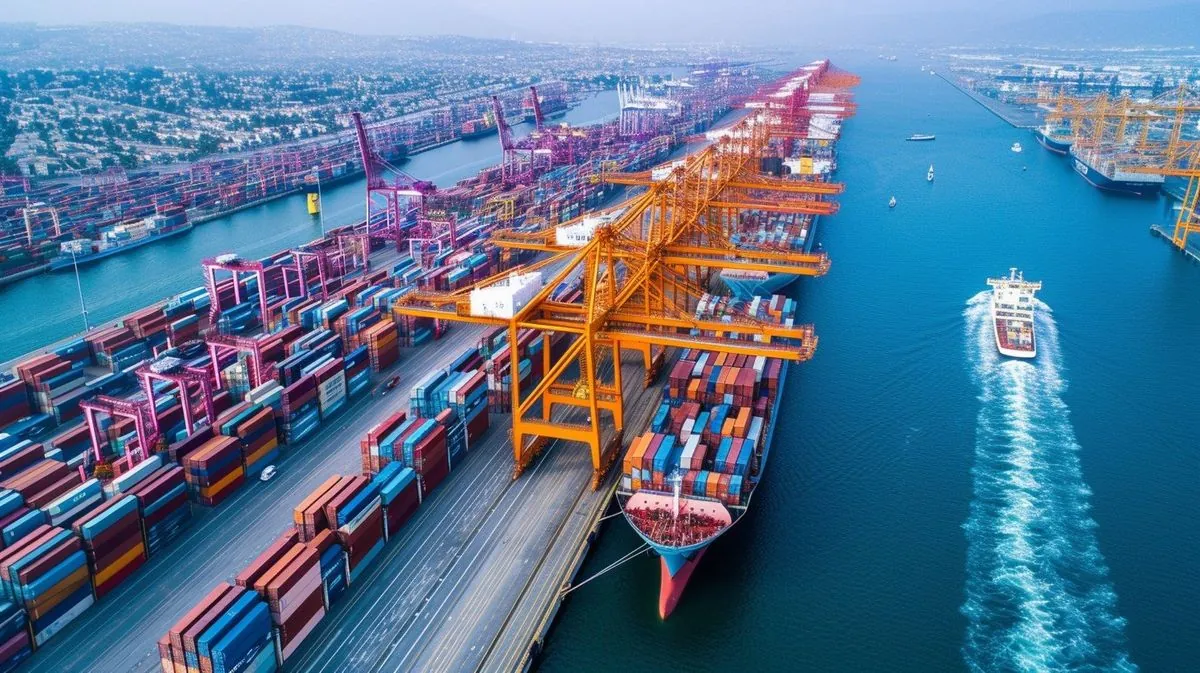On October 1, 2024, a significant labor dispute erupted at major U.S. seaports, potentially causing widespread disruptions to the nation's maritime trade. Approximately 45,000 union workers initiated a strike at ports along the East Coast and Gulf of Mexico, effectively halting operations at 36 crucial shipping hubs.
This labor action, led by the International Longshoremen's Association (ILA), marks the first coast-wide strike since 1977. The ILA, founded in 1892, represents dockworkers across these vital trade arteries. The union is currently at an impasse with the United States Maritime Alliance (USMX), an employer group established in 1997, primarily over wage-related issues.
The strike's timing is particularly significant, occurring just weeks before the U.S. presidential election. It has the potential to impact approximately half of the nation's ocean shipping capacity, highlighting the critical role of maritime trade in the U.S. economy. The global container shipping industry, valued at over $200 billion annually, plays a crucial role in facilitating international commerce.
Sea-Intelligence, a Copenhagen-based shipping advisory firm, has warned that a two-week strike could lead to prolonged disruptions, potentially affecting normal port operations until 2025. This projection underscores the far-reaching consequences of the labor dispute on the maritime supply chain.
The strike is affecting major ports such as the Port of New York and New Jersey, the largest on the East Coast, and the Port of Houston, the Gulf Coast's primary maritime hub. These ports, along with others involved in the strike, are vital links in the global supply chain, handling a significant portion of the United States' import and export traffic.
The maritime industry's importance cannot be overstated, as it is responsible for approximately 90% of world trade by volume. The United States, being the world's largest importer by value, relies heavily on efficient port operations to maintain its economic activities and supply chains.
This labor dispute comes at a time when the shipping industry is still recovering from recent global disruptions. The COVID-19 pandemic caused significant upheavals in 2020-2021, and events like the Suez Canal blockage in 2021 have highlighted the vulnerability of international shipping routes.
The ongoing strike also draws attention to the evolving nature of maritime trade. Since the last coast-wide ILA strike in 1977, the industry has undergone significant transformations. The advent of containerization in the 1950s and 1960s revolutionized shipping, with modern container ships capable of carrying over 24,000 TEUs (Twenty-foot Equivalent Units).
As stakeholders assess the potential impact of this strike, the situation underscores the delicate balance between labor rights and the demands of global trade. The resolution of this dispute will be crucial not only for the immediate future of U.S. maritime operations but also for the broader implications on international commerce and supply chain management.
